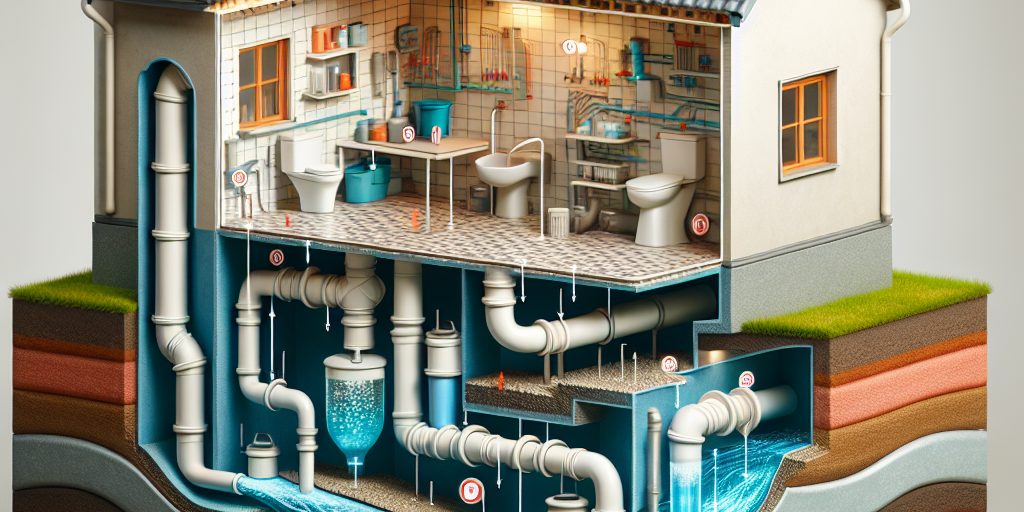Why Does Your Sewage System Smell? Causes and Solutions
Sewer system odors can transform your living space from comfortable to utterly unbearable in moments. These foul smells aren’t just an inconvenience but potentially signal serious infrastructure problems in your plumbing network. Understanding the source of these offensive odors can help prevent long-term damage and health risks. Each unpleasant whiff tells a story about potential bacterial interactions and potential system failures. Identifying the root causes quickly can save significant time, money, and potential health complications.
Key Takeaways
- Hydrogen sulfide creates sewer odors
- Bacterial reactions generate dangerous gases
- Health risks range from mild irritation to serious respiratory issues
- Infrastructure damage can result from untreated odors
- Regular professional maintenance prevents problems

Understanding Hydrogen Sulfide Formation
Hydrogen sulfide represents the primary chemical compound responsible for those nauseating sewer smells. This gas emerges through complex bacterial decomposition processes occurring within sewer pipes. Organic materials break down, creating a chemical reaction that generates multiple gases including ammonia, carbon dioxide, methane, and nitrogen.
The interaction between these gases produces a corrosive sulfuric acid that can gradually deteriorate pipe infrastructure. Professional wastewater system checks become crucial in identifying these early warning signs.
Health Risks Associated with Sewer Gases
Exposure to sewer gases presents significant health challenges depending on concentration levels. At low concentrations, individuals might experience respiratory and sensory irritations. Symptoms can include eye, nose, and throat discomfort, breathing difficulties for asthma patients, and potential anxiety or headaches.
Higher concentration levels become dramatically more dangerous, potentially causing serious respiratory complications. Scientific measurements indicate that humans can detect these gases at incredibly low thresholds – as minimal as 0.008 parts per million.
Common Sources of Sewer Odors
Multiple infrastructure issues can trigger sewer odors. Potential sources include dry or damaged P-traps, broken drain lines, blocked roof plumbing vents, and compromised toilet seals. Each problem represents a potential pathway for dangerous gases to infiltrate living spaces.
Prevention and Management Strategies
Innovative mathematical modeling techniques like SeweX have revolutionized odor prediction and management. These advanced systems can potentially save millions in infrastructure damage. Recommended strategies include using sulfate-free coagulants, scheduling regular sewer cleaning, and conducting professional inspections.
Why Choose Our Professional Services
At BioWorx, we understand the critical nature of sewer system maintenance. Our specialized team combines advanced technology with extensive industry expertise to diagnose and resolve your sewer system challenges. We don’t just fix problems – we prevent them.
Our comprehensive approach includes detailed system assessments, targeted interventions, and long-term maintenance plans. By choosing our services, you’re investing in reliable infrastructure protection and peace of mind.
Let us transform your sewer system management from reactive to proactive. Contact BioWorx today for a comprehensive system evaluation and experience the difference professional expertise can make.







